| Columns Retired Columns & Blogs |
Pioneer S-1EX loudspeaker Measurements
Sidebar 3: Measurements
At an estimated 89.5dB(B)/2.83V/m, the big Pioneer's voltage sensitivity was both significantly higher than average and a little higher than the specified 88.5dB. My measurement is close to being within experimental error of the specification, but there is no doubt that the S-1EX will play loud with lower-powered amplifiers. However, its impedance drops to 3.6 ohms in the upper bass (at 115Hz), and there is a demanding combination of 4.36 ohms magnitude and –50° capacitive phase angle at 88Hz (fig.1). As most music has considerable energy in this frequency region, this speaker will work best with a good amplifier rated at 4 ohms. The shape of the magnitude trace in fig.1 suggests that tube amplifiers might well sound both bright and a bit boomy with the S-1EX, due to the usual Ohm's Law interaction of their high output impedances and the speaker's impedance.
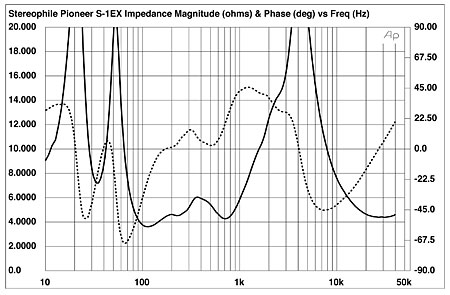
Fig.1 Pioneer S-1EX, electrical impedance (solid) and phase (dashed). (2 ohms/vertical div.)
The traces in fig.1 are free from the small wrinkles that would imply the presence of enclosure resonances, and despite its size, the S-1EX's cabinet is surprisingly inert. The only vibrational mode I could find was at 289Hz, on both sidewalls, level with the lower woofer (fig.2), but this is well down in level and very probably benign.
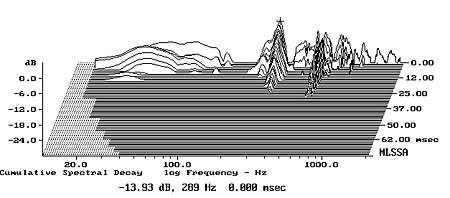
Fig.2 Pioneer S-1EX, cumulative spectral-decay plot calculated from the output of an accelerometer fastened to the cabinet's side panel level with the lower woofer (MLS driving voltage to speaker, 7.55V; measurement bandwidth, 2kHz).
The saddle at 33Hz in the impedance-magnitude trace suggests that this is the tuning frequency of the 5"-diameter reflex port at the base of the front baffle. Measuring the port's response in the nearfield—ie, with the microphone capsule in the port's opening—gave the curve shown to the left of fig.3. It does peak as expected at 33Hz, with a smooth rolloff above that frequency broken only by a slight discontinuity at 200Hz, this coincident with a similar small discontinuity at the same frequency in the woofer's nearfield response (fig.3, top trace at 100Hz, which shows the sum of the individual woofer outputs). The traces in this graph are plotted in the ratio of the square root of the radiating diameters; the port's level is a little lower than required to fully support the output of the twin woofers, which I assume is why KR felt the S-1EX sounded a touch bass-shy at times. But like Kal, I feel that this kind of reflex tuning actually serves music better because of the relative lack of boomy overhang, while the usual boundary reinforcement will extend the low frequencies in a typical room.
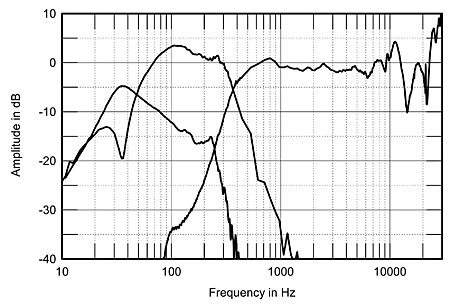
Fig.3 Pioneer S-1EX, acoustic crossover on tweeter axis at 50", corrected for microphone response, with the nearfield responses of the port, woofer, and midrange plotted below 400Hz, 350Hz, and 450Hz, respectively.
Looking higher in frequency in fig.3, the crossover from the woofers to the midrange unit takes place just below 400Hz, with close to symmetrical third-order slopes (though the woofers' ultimate rolloff is faster than that). The coaxial HF-and-midrange drive-unit is impressively flat through most of its passband, but there are the inevitable on-axis peaks and dips in the top audio octave, due to the tweeter's symmetrical acoustic environment. These smooth out at 30° and more to the sides, as shown both by my own measurements (see later) and by Tom Norton's measurements for our sister website Ultimate AV. Note that the tweeter's output continues to rise out to this graph's upper limit of 30kHz. This unit really does have extended ultrasonic response.
Fig.4 shows how these individual responses add up in the farfield, averaged over a 30° horizontal angle on the tweeter axis. The top-octave interference effects in the tweeter's output can still be seen, though I doubt they will be audible, unless the radiation pattern reinforces their effect (see later). The overall balance is smooth, with no hint of problems in crossover integration. Still, I wonder if the slight peak visible in the upper midrange is associated with the slight lack of image depth noted by KR. The treble region is also plateaued down by a couple of dB, which might make the speaker sound a bit polite. The lower midrange and upper bass do feature a rise in level; while some of this will be due to the nearfield measurement technique, some is indeed real, and possibly contributes to the speaker's occasionally "puddingy" low frequencies. But the S-1EX does offer impressive low-frequency extension overall.

Fig.4 Pioneer S-1EX, anechoic response on tweeter axis at 50", averaged across 30° horizontal window and corrected for microphone response, with the complex sum of the nearfield responses plotted below 300Hz.
Comparing the response above 10kHz in fig.4 with the plot of the speaker's lateral dispersion (fig.5; only the changes are shown, which means that the on-axis response appears to be a flat line), the on-axis dip and peak between 10kHz and 20kHz both smooth out to the speaker's sides, meaning that the energy in-room will be smoothly balanced in this region. Below 10kHz, the contour lines in this graph are extraordinarily smooth and even, correlating with the stable and accurate stereo imaging noted by KR. In the vertical plane (fig.6), the S-1EX's balance doesn't appreciably change over quite a wide angle, meaning that the Pioneer should be tolerant of listener ear height—a good thing in a speaker whose tweeter is placed a high 42" above the floor. However, I note that Kal did have to experiment with vertical listening axis.

Fig.5 Pioneer S-1EX, lateral response family at 50", normalized to response on tweeter axis, from back to front: differences in response 90–5° off axis, reference response, differences in response 5–90° off axis.
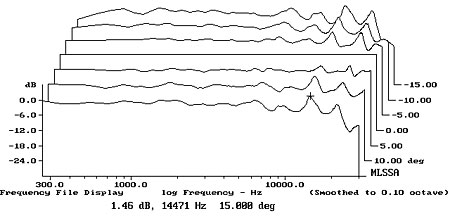
Fig.6 Pioneer S-1EX, vertical response family at 50", normalized to response on tweeter axis, from back to front: differences in response 15–5° above axis, reference response, differences in response 5–15° below axis.
The Pioneer's step response on the tweeter axis (fig.7) indicates that all four drive-units are connected with the same positive acoustic polarity, this confirmed by looking at the individual steps (not shown). Despite the tweeter's setback, its output arrives first at the microphone, followed by the midrange unit's output, and finally by the woofer output. In each case, the step of the higher-frequency unit smoothly hands over to that of the next lower in frequency, this correlating with the excellent frequency-domain integration seen in fig.4. The S-1EX's farfield cumulative spectral-decay plot (fig.8) is generally clean, with some ridges of delayed energy apparent in the top octave, these perhaps associated with the on-axis interference noted earlier.
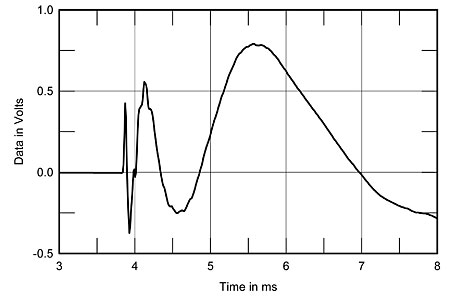
Fig.7 Pioneer S-1EX, step response on tweeter axis at 50" (5ms time window, 30kHz bandwidth).
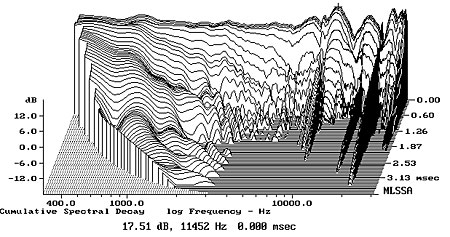
Fig.8 Pioneer S-1EX, cumulative spectral-decay plot at 50" (0.15ms risetime).
I have followed Andrew Jones' career since his days working with Laurie Fincham at KEF in England, and I am not surprised that the Pioneer S-1EX measures so well. Its owner gets a lot of loudspeaker and a lot of excellent speaker engineering at a very competitive price.—John Atkinson
- Log in or register to post comments




































